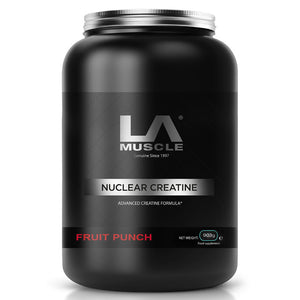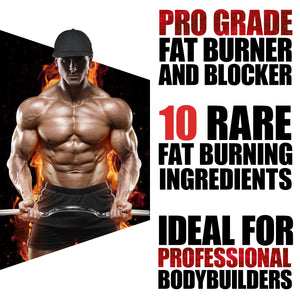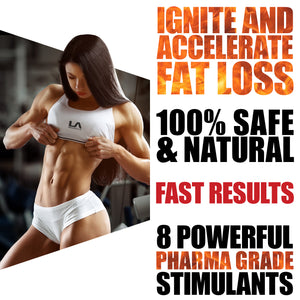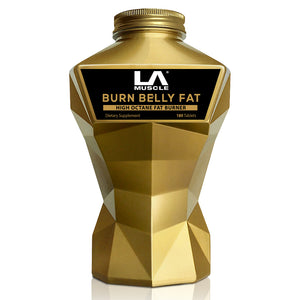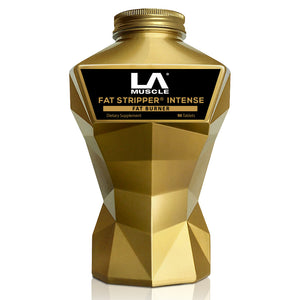
When embarking on a strength training journey, the variety of approaches can be both exciting and bewildering. Among the most debated methodologies are the distinctions between doing 3 sets of 8-12 reps, 3 sets of 20+ reps, and 1 set with the heaviest weight you can manage. Each method targets different physiological adaptations and serves unique fitness goals. Let’s delve into what each of these approaches does to your body, their benefits, potential downsides, and who might want to incorporate them into their routines. Additionally, I’ll provide sample training regimes for each style to help you integrate these concepts into your fitness journey.
3 Sets of 8-12 Reps: The Gold Standard for Muscle Growth
What It Does: This rep and set range is often considered the sweet spot for hypertrophy, or muscle growth. The moderate rep range with sufficiently challenging weight increases muscle fibre recruitment, stimulates growth factors, and creates an ideal tension time to trigger muscle growth.
Benefits:
- Balanced approach for increasing muscle size and strength.
- Allows for substantial weight to be used, maximizing muscle fiber engagement.
- Adequate volume for muscle adaptation without excessively long recovery periods.
Potential Downsides:
- May not significantly improve muscular endurance.
- Less effective for maximal strength development compared to lower rep ranges with heavier weights.
Who It’s For: Ideal for intermediate to advanced gym-goers looking to increase muscle mass while gaining strength. It’s also great for bodybuilders and those interested in aesthetic muscle development.
Sample Training Regime:
- Monday (Chest and Triceps): Bench Press 3x10, Incline Dumbbell Press 3x10, Tricep Dips 3x10
- Wednesday (Back and Biceps): Pull-ups 3x8, Barbell Rows 3x10, Hammer Curls 3x10
- Friday (Legs and Shoulders): Squats 3x10, Leg Press 3x12, Military Press 3x10
3 Sets of 20+ Reps: Endurance and Toning
What It Does: High rep ranges primarily target muscular endurance, improving the muscle’s ability to perform over extended periods. This range can also stimulate hypertrophy, especially in novice trainees, but is more subtle compared to the 8-12 rep range.
Benefits:
- Enhances muscular endurance, benefiting athletic performance in endurance sports.
- Can lead to muscle growth, particularly in untrained individuals, through increased time under tension.
- Lower risk of injury due to lighter weights.
Potential Downsides:
- Lower increases in strength and muscle size compared to moderate rep ranges.
- Can be mentally challenging due to the high number of reps.
Who It’s For: Best for those aiming to improve muscular endurance, athletes in endurance sports, or individuals seeking to tone muscles without significantly increasing size.
Sample Training Regime:
- Monday (Full Body): Bodyweight Squats 3x20, Push-ups 3x20, Dumbbell Rows 3x20
- Wednesday (Core and Cardio): Planks 3x1 min, Leg Raises 3x20, Jump Rope 3x3 min
- Friday (Full Body): Lunges 3x20 per leg, Bench Press 3x20, Pull-ups 3x20 (assisted if necessary)
1 Set of Heaviest Weight: Maximal Strength Focus
What It Does: Performing a single set with the heaviest weight you can manage targets maximal strength adaptation. This approach is designed to improve neural efficiency, muscle coordination, and the ability to recruit a higher number of muscle fibers simultaneously.
Benefits:
- Time-efficient way to increase maximal strength.
- Improves neuromuscular adaptation, enhancing the ability to lift heavier weights.
- Can lead to significant muscle growth if intensity is sufficient.
Potential Downsides:
- Higher risk of injury due to the use of maximal weights.
- May not provide enough volume for optimal hypertrophy for some individuals.
Who It’s For: Suitable for advanced lifters focusing on strength sports like powerlifting or those with limited time wanting to maintain or slightly increase strength levels.
Sample Training Regime (Once a week per muscle group):
- Monday (Chest): Bench Press 1x5 (heavy)
- Wednesday (Back): Deadlift 1x5 (heavy)
- Friday (Legs): Squat 1x5 (heavy)
The choice between these three training methodologies should be guided by your fitness goals, experience level, and personal preferences. For most, a combination of these approaches might be the most effective way to achieve a balanced, well-rounded physique and fitness level. Remember, consistency, proper form, and adequate recovery are paramount, regardless of the training style you choose. Always consult with a fitness professional to tailor these regimes to your





